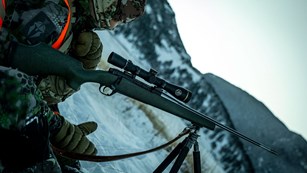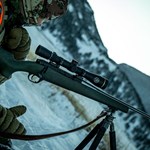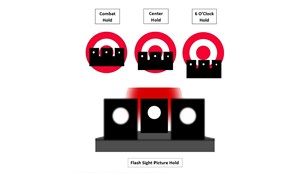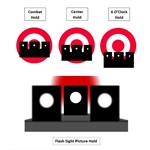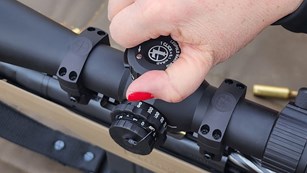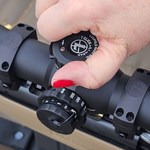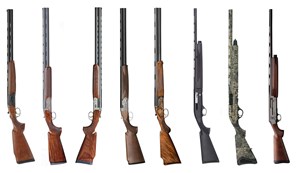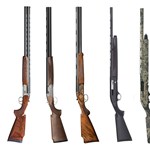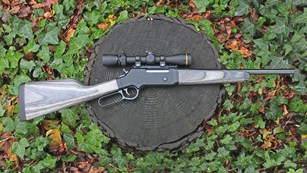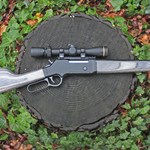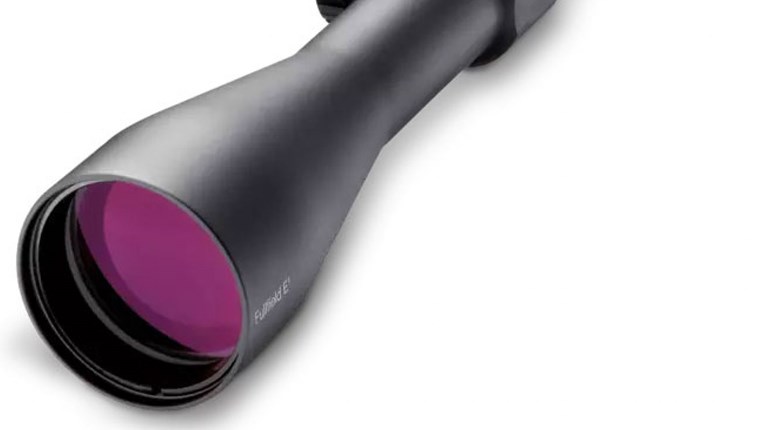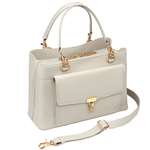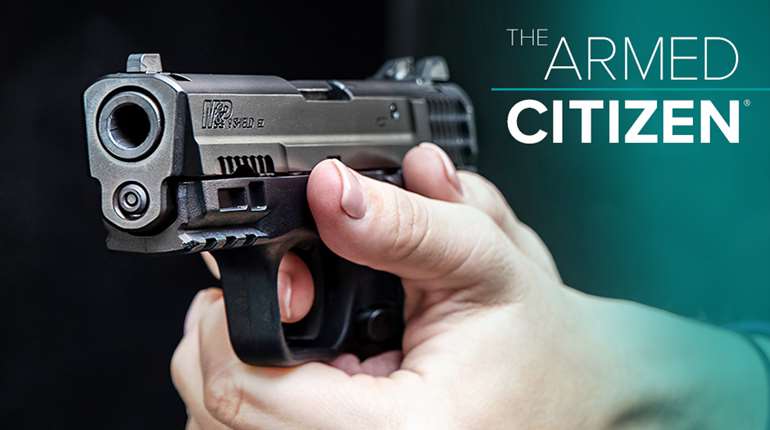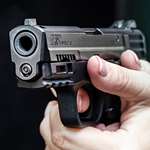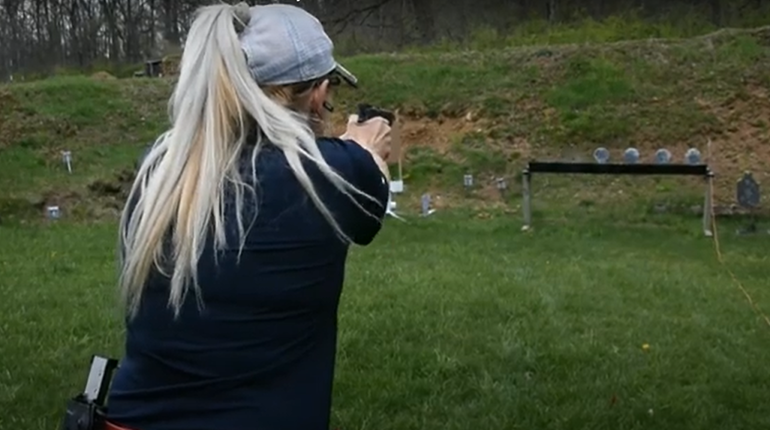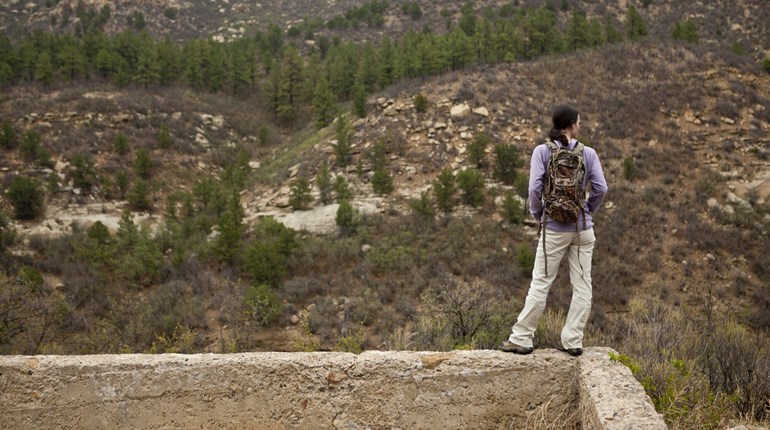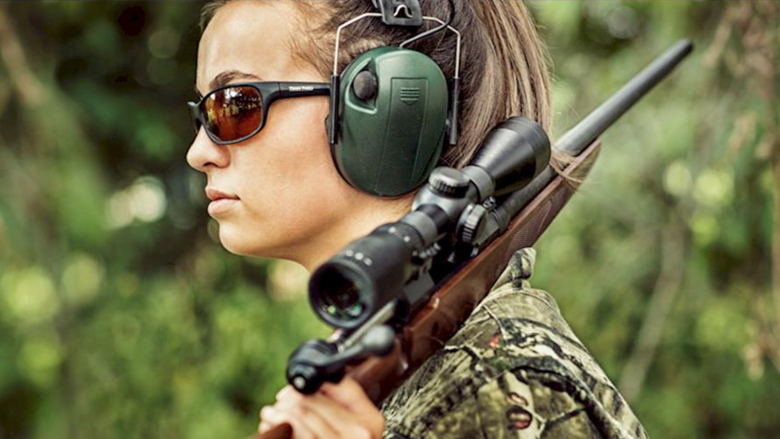
When you’re shopping for an over-under shotgun for hunting or competition, one of the decisions you’ll have to make is whether you want the gun to have extractors or ejectors. What does that mean?
To explain that, let’s think about what happens when you’ve fired both barrels of the gun and you go to break it open. If you had neither extractors nor ejectors, you’d have a hard time prying those empty shells out of the chamber, so gunmakers offer you a little mechanical help. An extractor is a small metal piece between the barrels that pops up slightly with the breaking open action. It brings the shells just a little bit out of the chamber so you can more easily grasp and remove them. An ejector goes a step further: It physically ejects the empty shells, sending them flying into the air. So the difference is simple—if you open the gun and the empty shells go flying, you have ejectors. If the empty shells are still there and you have to pick them out, you have extractors.
Which one is right for you? That depends on your preferences for reloading and policing your hulls, and somewhat on your budget. Extractors are simpler, and therefore less expensive. Ejectors are designed to eject an empty hull but merely extract an unfired shell. They’re more complicated mechanically and are thus more expensive, and you’ll pretty much always find high-end guns equipped with ejectors. That doesn’t necessarily make them better.
Extractors make it a bit easier to keep track of your empties. If you are a hunter, you should be picking up your empty shells whenever possible instead of leaving them in the field as a form of litter. If you hunt with a gun that has ejectors, you’ll need to catch them when they come flying out, which admittedly looks and feels pretty cool. If you fail to catch them, you’ll be searching for them on the ground as you would with a semi-auto shotgun. With extractors, you simply pluck the shells out of your gun and slip them in your pocket.
On the other hand, ejectors make for faster reloads because your chambers are emptied for you when you open the gun. If this matters to you—it’s particularly handy for dove hunters and others who have multiple targets and are reloading rapidly—ejectors are probably the way to go. If you shoot skeet, trap or sporting clays at a club where you are not expected or even allowed to pick up your hulls, or if catching them to throw them away doesn’t bother you, ejectors are fine. If you like to save your hulls for reloading and you don’t like catching them, go with extractors. As mentioned, ejectors are used on nearly all high-end guns that you’ll find in shooting competitions, and competitors are very accustomed to catching the empties as they’re ejected, as you see in the photo that accompanies this article.
—Jo Deering
